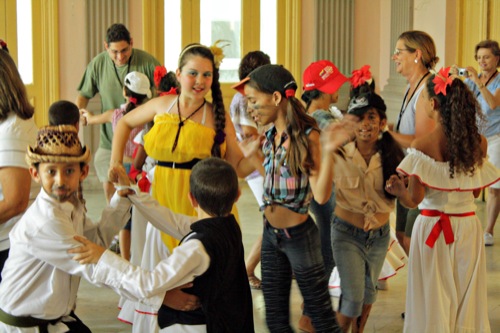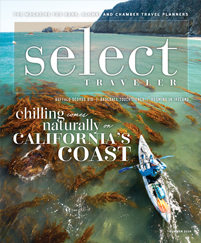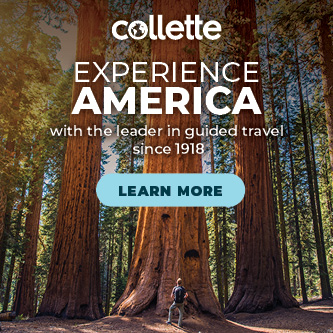
Photo of Santa Maria Art School and Cultural Center by Brian Jewell
A Legacy of Literacy
On a former military base in Havana that now serves as a university, the small Cuban Literacy Museum tells a big story about one of the country’s greatest modern accomplishments.
At the end of the Revolution in 1961, about 23 percent of Cubans were illiterate. Many were poor farmers, and others lived in rural areas. So the government orchestrated a huge campaign that sent 100,000 students from urban schools to live with rural families and teach them to read and write while the students helped with farm chores.
The museum director, Luisa Campos, guides us through, telling the story with the passion of an educator.
“This is the only museum in the world that deals with this subject,” she says. “The result of this campaign was that more than 700,000 learned to read and write. In that one year, we were able to eliminate illiteracy.”
During the visit, we examine photos of the students traveling into the countryside and working with rural families, and see a video that recounts the effort through interviews with the students who served.
The visit ends with a frank and interactive conversation about education in Cuba. Campos is proud of the educational system that she and others helped to build and seems optimistic about the scholastic opportunities available to young Cubans today.
The Sounds of Santeria
Not far away from Havana, the town of Guanabacoa has one of the country’s largest influences of the Santeria religion. Created by African slaves brought to the island by European traders, Santeria syncretizes African idol worship with the customs of Spanish Catholicism.
We are introduced to this unique religion at the Santeria Orishas Museum of Guanabacoa. The museum features a series of galleries that showcase the traditional colors and costumes used in Santeria worship and replicates some of the altars and shrines that practitioners set up in their homes. Along the way, Israel provides commentary, helping us understand the links between aspects of Santeria and more traditional Catholic customs.
At the end of the tour, we file into the museum’s small theater, where a group of performers have gathered to give us an immersive education in the customs of Santeria. This handful of musicians and dancers plays a variety of percussion instruments, from congas and shakers to claves and cowbells.
An intense, complex mix of rhythms drives this music, accompanied by lyrics chanted in an African tongue that none of us understand. The effect is almost hypnotic, and the dancers, who take turns performing one by one, seem to connect viscerally to the drums and chants. With brightly colored costumes and wild eyes, they convey an intensity and an exotic ritual that could have come from Africa itself.
A Farmer and His Family
It is our final full day in Cuba, and we are traveling through the Pinar del Rio region in the west of the country. The scenery here is spectacular: wild and pristine, full of flat-topped mountains, caves, rivers and waterfalls. The region is also one of Cuba’s premier tobacco-growing areas, and we are on our way to meet a rural tobacco farmer.
Our coach brings us to a small plot of land with a sweeping view of the Pinar del Rio mountains. Our farmer friend, who Israel describes as “the Cuban Burt Reynolds,” comes to greet us dressed in a cowboy hat and a beige work shirt whose pocket bulges with cigars. He leads us into his thatched-roofed barn, where large bunches of tobacco are hanging to dry.
Israel helps translate as the farmer describes the process of growing and drying tobacco on his 10-acre farm. After the brief explanation, the farmer takes a bunch of dried leaves, sits down at a wooden workbench and uses an aged knife to carefully shape the leaves into a cigar. He then passes out the hand-rolled cigars from his pocket to those members of our group who fancy a smoke.
From the barn, he invites us into his small white clapboard home, where his wife has prepared tea for the group of visitors. His children peek at the visitors from behind a wall; his mother works in the kitchen to help prepare the beverage. We pile in, find seats around the dining room table and talk about daily life here.
The home lacks some modern amenities, but the family is not poor. As a farmer, our friend is allowed to sell his goods on an open market, a bypass of the typical communist system here that allows him to earn up to $1,000 per year. By Cuban standards, he is fortunate.
As we take our leave and head back to Havana, preparing to return home tomorrow, we also take stock of the wonderful experiences that we have had along the way. Cuba has many treasures, from its Caribbean climate and beautiful landscapes to its multinational history, art deco architecture and fleet of classic automobiles. But its greatest treasure, I am sure, is the spirit of its people, who have endured the hardships of half a century to preserve a spirit of passion, a culture of art and music and a genuine warmth of hospitality.
I am glad to have met them.
Premier World Discovery/
Chamber
Explorations
877-953-8687
www.premierworlddiscovery.com
www.chamberexplorations.com









